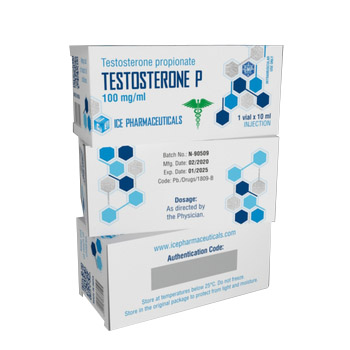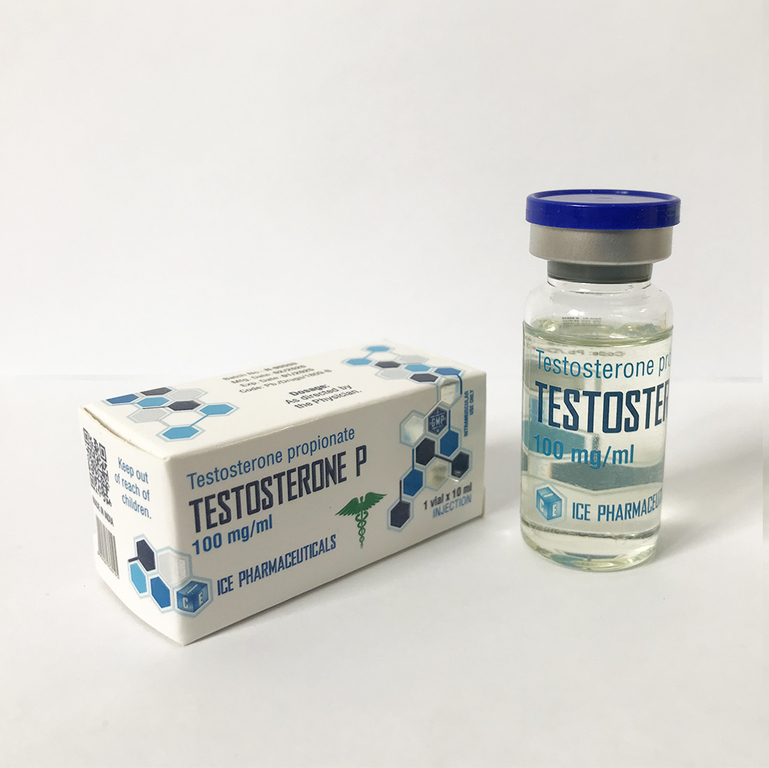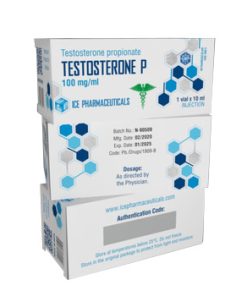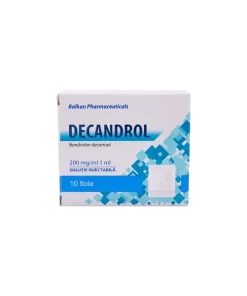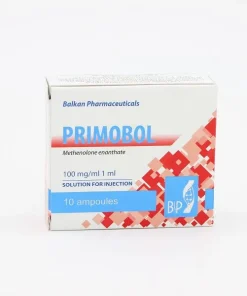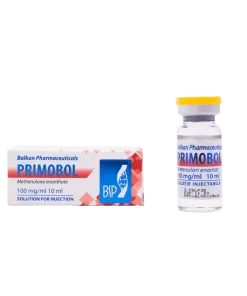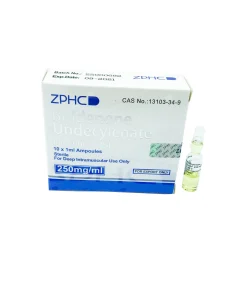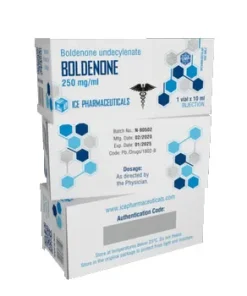Testosterone P ICE
42 USD Original price was: 42 USD.36 USD Current price is: 36 USD.
Package: 1 vial (100mg/ml 10ml)
Active Substance: Testosterone Propionate
Product Name: Test P, Propandrol, Propionate, Prop , Testosterone P ICE , ICE Pharmaceuticals , Testosterone Propionate
Testosterone P ICE is used to treat hormone deficiency in men and other diseases caused by low testosterone levels: androgenic deficit after castrating, impotence hormonal origin, symptoms of male climax (decreased libido and physical and intellectual activity) in acromegaly, in early-stage prostate hypertrophy, osteoporosis caused by androgenic insufficiency; forms Angioneurotic angina pectoris.
Testosterone P administration in women is used for the treatment of the following disorders: vascular and nerve disorders climacteric, when preparations against estrogen (ovarian and breast cancer, uterine bleeding) concomitantly with radiotherapy in breast and ovarian cancer (usually in women aged under 60 years) in dysfunctional uterine bleeding women over 45 years.
Contraindications:
Patients that have hypersensitivity towards the drug, with the prostate disorders or perhaps cancer of the breast, prostatic hypertrophy with symptoms of urinary system problems, nephrotic syndrome or even the nephrotic period associated with nephritis, edema, hypercalcemia, hepatic dysfunction, diabetes mellitus, and coronary heart disease, myocardial infarction with inside anamnesis, atherosclerosis in older males, being pregnant, breastfeeding.
Administration:
Testosterone P is for intramuscular use inside the gluteal muscle. The period of cure is determined separately, according to the disease, intercourse, grow older, clinical result.
The most common serving dose for this kind of ingredient (men) is to provide 50 mg up to 100mg, every single day or once in two days.
Medical action:
Testosterone is the main androgen hormone released by the testicles. It has the responsibility of progression of men sexual organs and extra sex qualities (readiness regarding prostate related, seminal vesicles, penis as well as scrotum), man head of curly tresses distribution (encounter, pubic bone, upper body) building laryngeal muscle tissue and the body extra weight syndication. Testosterone Propionate has the form of a testosterone esters steroid with fast action. In 24-36 hours, this steroid is active and then starts to decrease. This steroid remains in the blood for 2-3 days.
Precautions:
In the case of adverse reactions, the medicine administration must be discontinued. When the side effects start to disappear, follow the treatment in smaller doses.
Patients with latent or overt cardiac, impaired renal function, hypertension, epilepsy or a migraine (or a history of the presence of these conditions) need to be monitored periodically because androgens may cause the sodium and water retention. Also in the cure period the liver functions, need to be monitored. Patients that have breast cancer, hypernephroma, lung cancer, bone metastases need to control the level of calcium in blood and urine. The administration in prepubertal adolescents should be given with caution to avoid a premature cessation of growth and puberty.
Side effects:
• Priapism and other symptoms of sexual hyperstimulation (frequent erection);
• Prepubertal age teenagers – accelerate sexual development, increased frequency of erections, increased sexual organ size, premature closure of the epiphyseal
• impaired spermatogenesis and sperm maturation disorder, oligospermia and reduced volume of ejaculate;
• Abnormalities of the prostate;
• Women – bleeding from the genital tracts, increased libido, prolonged administration of virilization symptoms are possible;
• Hirsutism, gynecomastia;
• Seborrhea, acne, oily skin, hair loss;
• Sodium and water retention, edema;
• Symptoms of hypercalcemia;
• Thrombophlebitis;
• Nausea, cholestatic jaundice, increased liver transaminase levels (normalized to discontinuation);
• A headache, depression, aggression, anxiety, sleep disorders, numbness.
A possible pain, itching and redness at the injection site.
Overdosage:
If overdose situations call for emergency help.
Brand
ICE Pharmaceuticals
Related products
Injectable Steroids
Injectable Steroids
Injectable Steroids
Injectable Steroids
Injectable Steroids
Injectable Steroids
Injectable Steroids
Injectable Steroids

